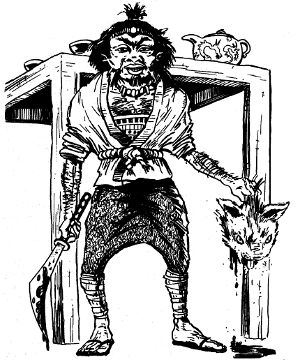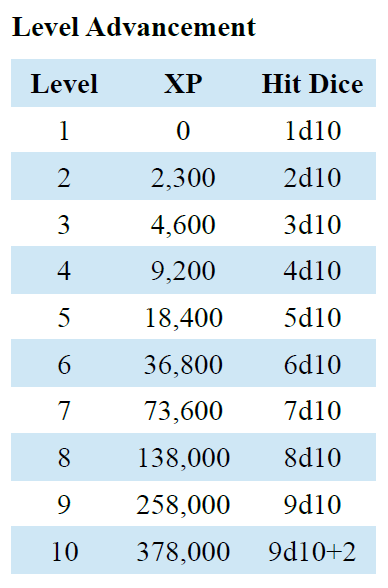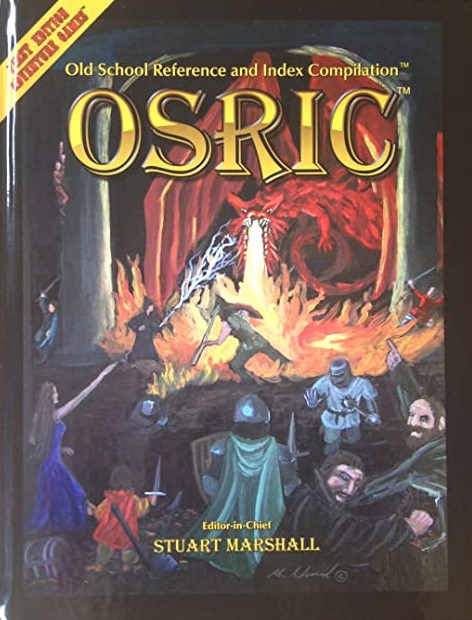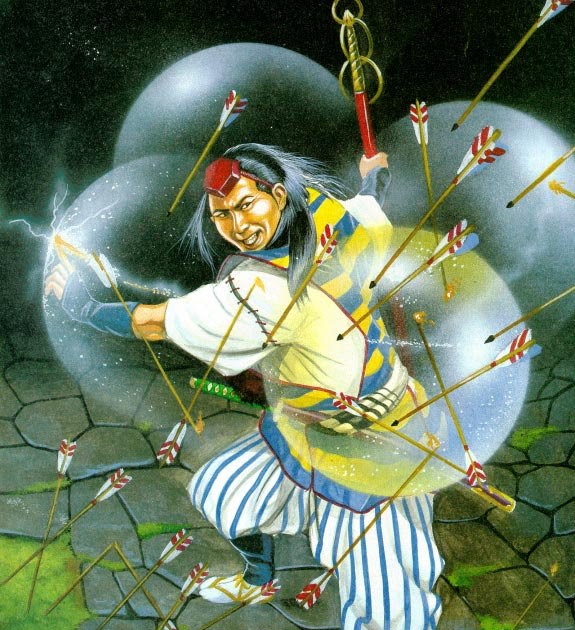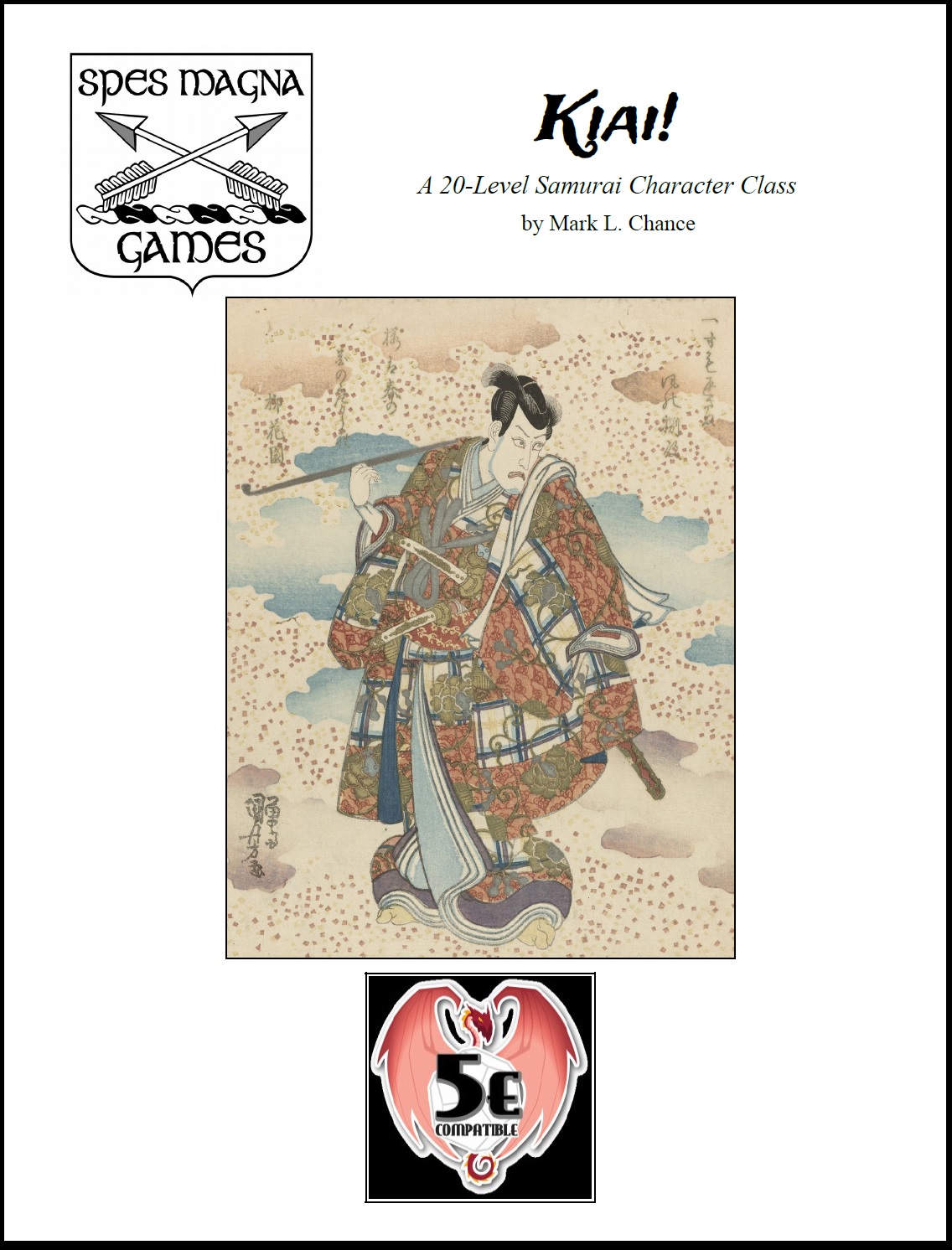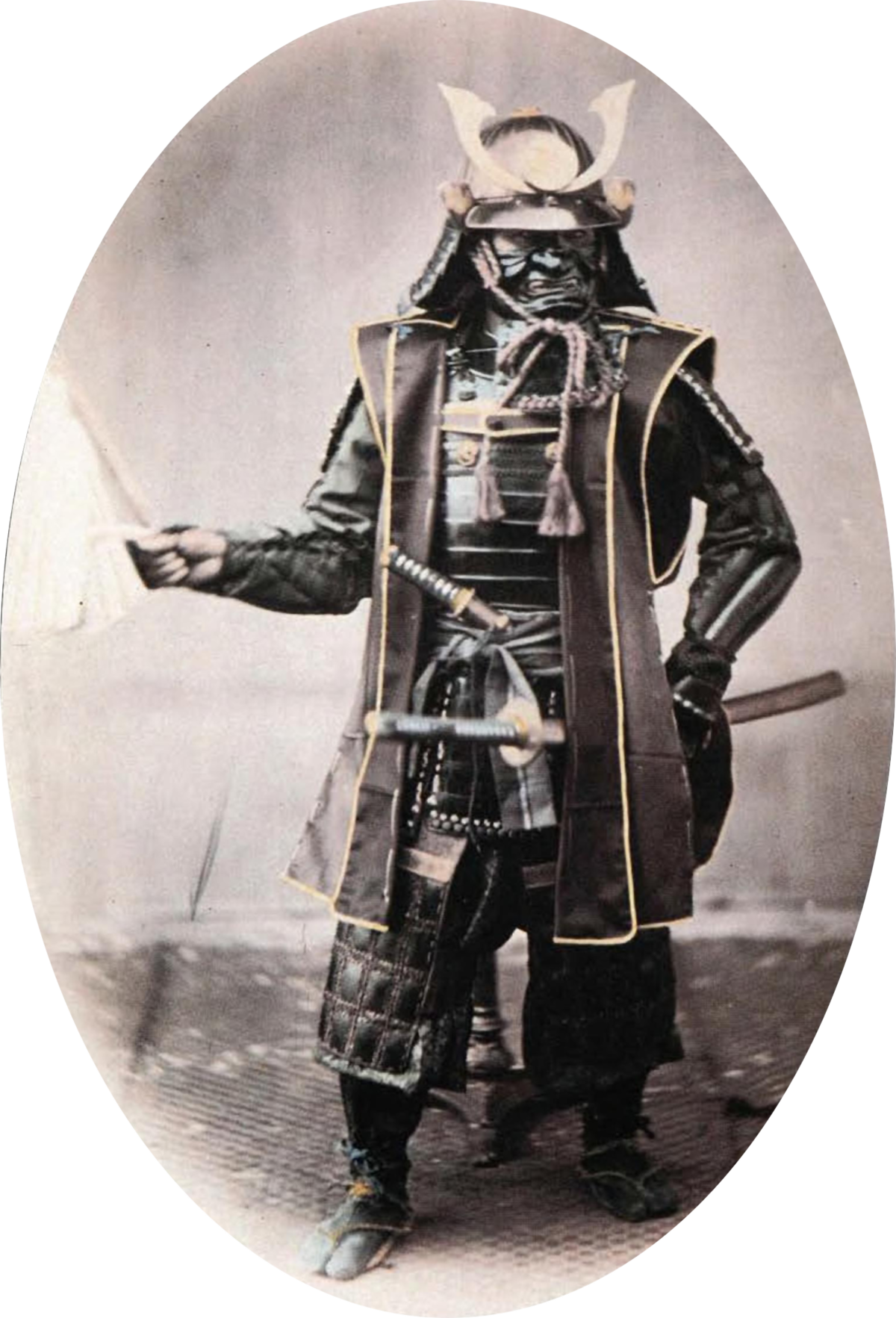Bushi Class (B/X D&D)
More fun with Erin D. Smale’s BX Options: Class Builder and TSR’s Oriental Adventures! Today I convert the AD&D bushi class to B/X D&D.
Nota Bene: Those previous links are affiliate links. If you click and purchase, I get a few coppers. Also, much of the class description below comes from Oriental Adventures after some minor editing.
Bushi
Bushi are masterless warriors, men without ties to a lord, temple, or monastery. They are commonly mercenaries, bandits. highwaymen, or wanderers who earn their money however they can. They can be found serving samurai, protecting the court, or swelling the ranks of armies. A few may be high-born aristocrats who have fallen by the way. Most, however, are people of low birth who have chosen the warrior’s way to advance in the world.
Although bushi are often poor, they are seldom out of work. There is always a need for a stout warrior or at least a strong hand. Just as the nobles have their samurai to protect them, the peasants and merchant folk often look to the bushi for protection. The pay usually is not good, but it provides for a bushi’s basic needs. A bushi in a friendly or neutral village or town almost always find employment, food, and shelter, even if the food may be thin rice gruel and the shelter a leaky stable.
Bushi come from all levels of society, but they are not required to belong to a family. The choice is optional. Those who do belong to a family have all the bonuses and penalties for gaining and keeping honor. Bushi often have a measure of self-respect and attempt to follow bushido; however, honor restrictions are significantly less for bushi than other classes.
Requirements: Minimum STR 9, CON 9, and DEX 9
Prime Requisite: STR
Hit Dice: 1d6
Maximum Level: 14
Armor: Any, including shields
Weapons: Any
Languages: Alignment, Trade Tongue
Restrictions
Stronghold: When bushi reach 9th level, they may build strongholds.
Abilities
Bargain Hunter: At 1st level, a bushi has a 2 in 6 chance to find a piece of common equipment available at half normal price. This chance improves by 1 every 5 levels (to a maximum of 5 in 6).
Combat: Bushi make attacks and saving throws as fighters.
Kiai: Once per day, bushi can unleash a kiai, a ki-powered shout. For one turn after unleashing a kiai, the bushi has a +1 “to hit” bonus with all attacks.
Pick Pockets: Bushi can Pick Pockets as a thief of equal level.
Nimble Dodge: Bushi become better at dodging attacks. At 2nd level, bushi have a +1 bonus to AC. This improves by +1 at 6th, 10th, and 14th levels, to a maximum of a +4 bonus. A bushi’s nimbleness is treated like a Dexterity adjustment to AC.
Weapon Specialization: At 1st level, a bushi chooses a specific weapon (such as spear or short bow). Bushi have a +1 “to hit” and damage bonus with their chosen weapon.


